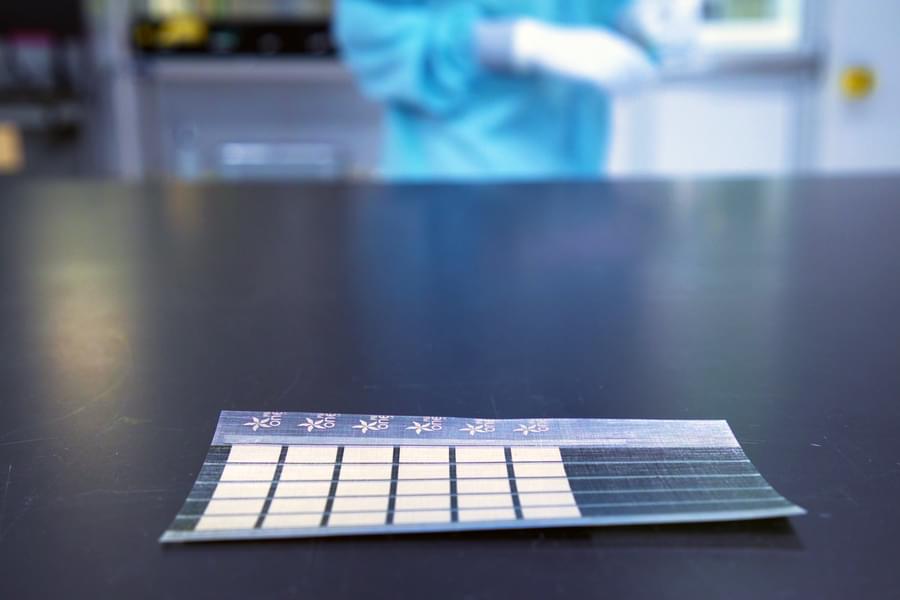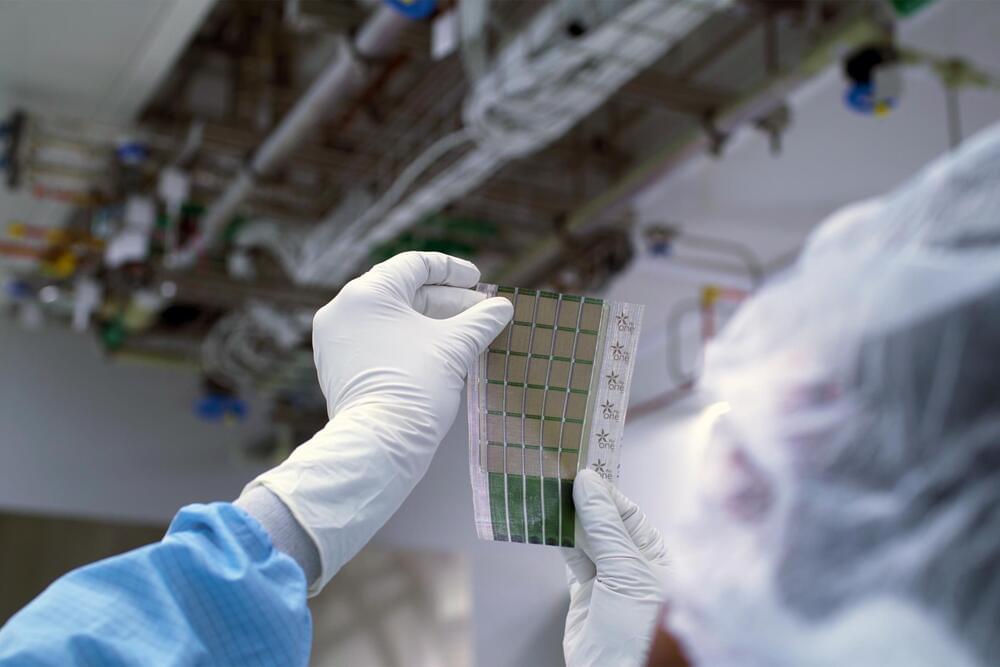Dec 10, 2022
This novel energy system can harness solar and wind energy simultaneously
Posted by Gemechu Taye in categories: solar power, sustainability
https://youtube.com/watch?v=89k0Ah0aDBw
It features cutting-edge solar panels and wind turbines.
Do you have a high-rise building that needs renewable power? PowerNEST is the only rooftop renewable energy system that can fully power a medium-to a high-rise building, according to its official website.
Continue reading “This novel energy system can harness solar and wind energy simultaneously” »

















